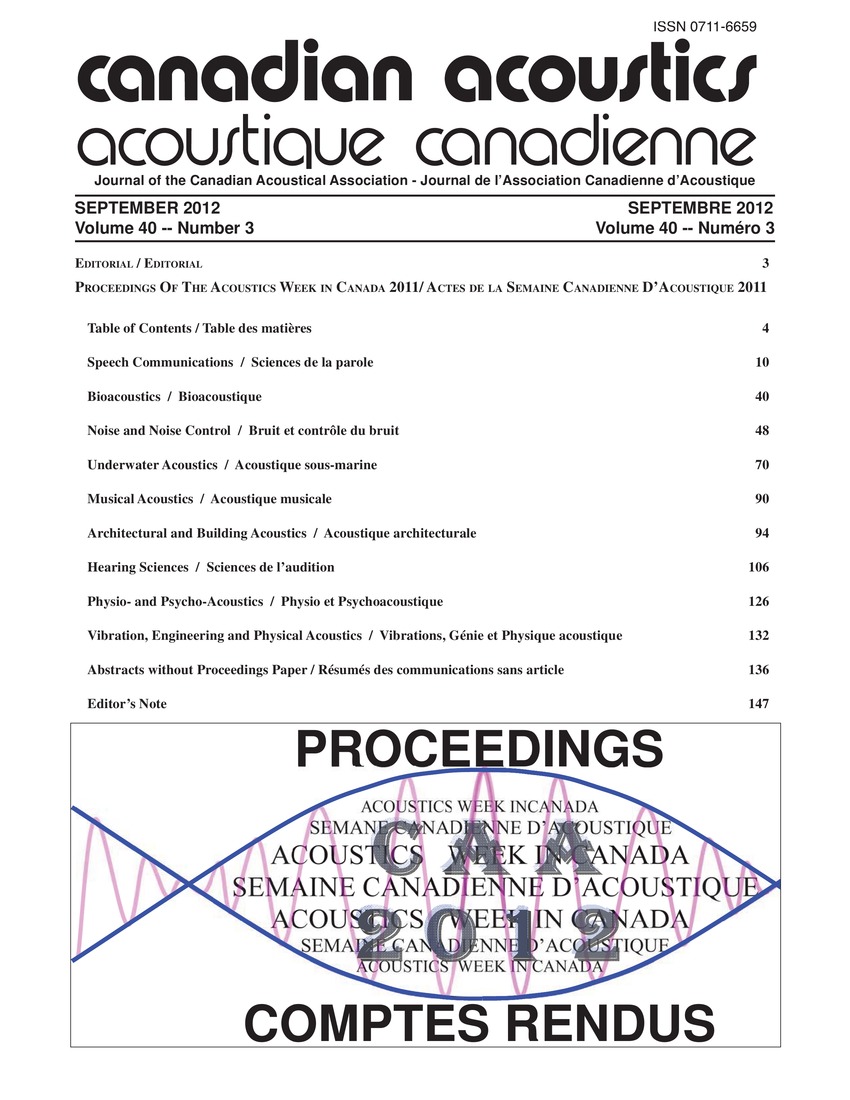The evolution of an acoustic homing system for underwater vehicles
Keywords:
Underwater acoustics, Arctic ocean, Homing system, Source level, System miniaturization, Underwater vehiclesAbstract
The initial testing of the homing concept, the Explorer version of the Long-Range Acoustic Bearing (LRAB), and a new first-stage of system miniaturization that will allow the homing device to be used in medium-sized Autonomous Underwater Vehicles (AUV), is described. The CTA was built with PVC tubes and plate and was lowered to mid-water depth, while a portable source was moved to a number of different locations around the central location of the CTA. Data were collected for various frequencies, source levels, and source depths. The results of acoustic homing under the ice in the Arctic Ocean near the Sever Spur during spring 2010 were collected. The AUV activated the homing mode when it was expected to be within 50 km of an ice camp that was drifting freely. The abrupt course change at 'Homing Start' is a consequence of the unknown camp drift.Additional Files
Published
How to Cite
Issue
Section
License
Author Licensing Addendum
This Licensing Addendum ("Addendum") is entered into between the undersigned Author(s) and Canadian Acoustics journal published by the Canadian Acoustical Association (hereinafter referred to as the "Publisher"). The Author(s) and the Publisher agree as follows:
-
Retained Rights: The Author(s) retain(s) the following rights:
- The right to reproduce, distribute, and publicly display the Work on the Author's personal website or the website of the Author's institution.
- The right to use the Work in the Author's teaching activities and presentations.
- The right to include the Work in a compilation for the Author's personal use, not for sale.
-
Grant of License: The Author(s) grant(s) to the Publisher a worldwide exclusive license to publish, reproduce, distribute, and display the Work in Canadian Acoustics and any other formats and media deemed appropriate by the Publisher.
-
Attribution: The Publisher agrees to include proper attribution to the Author(s) in all publications and reproductions of the Work.
-
No Conflict: This Addendum is intended to be in harmony with, and not in conflict with, the terms and conditions of the original agreement entered into between the Author(s) and the Publisher.
-
Copyright Clause: Copyright on articles is held by the Author(s). The corresponding Author has the right to grant on behalf of all Authors and does grant on behalf of all Authors, a worldwide exclusive license to the Publisher and its licensees in perpetuity, in all forms, formats, and media (whether known now or created in the future), including but not limited to the rights to publish, reproduce, distribute, display, store, translate, create adaptations, reprints, include within collections, and create summaries, extracts, and/or abstracts of the Contribution.


